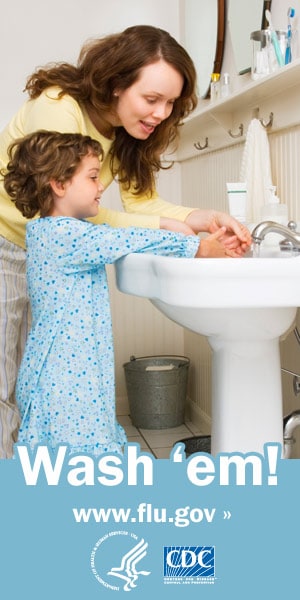ANSWERS:
1. b. Nits, the eggs of lice, are seen as white oval dots. Diffuse pruritic wheals are associated with an allergic reaction. Bites from honeybees are associated with a stinger, pain, and redness. Pruritic papules, vesicles, and linear burrows are diagnostic for scabies. 2. b. One of the 11 curative factors of group therapy identified by Yalom is universality, which assists group participants in recognizing common experiences and responses. This action helps reduce anxiety and allows other group members to provide support and understanding. Altruism, catharsis, and existential factors are other curative factors Yalom described, but they don't describe this particular incident. Altruism refers to finding meaning through helping others; catharsis is an open expression of previously suppressed feelings; and existential factors describe the recognition that one has control over the quality of one's life. 3. b. Complaints of vague physical symptoms that have no apparent medical causes are characteristic of clients with hypochondriasis. In many cases, the GI system is affected. Conversion disorders are characterized by one or more neurologic symptoms. The client's symptoms don't suggest severe anxiety. A client experiencing sublimation channels maladaptive feelings or impulses into socially acceptable behavior. 4. a. During a panic attack, the nurse should remain with the client and direct what's said toward changing the physiologic response, such as taking deep breaths. During an attack, the client is unable to talk about anxious situations and isn't able to address feelings, especially uncomfortable feelings and frustrations. While having a panic attack, the client is also unable to focus on anything other than the symptoms, so the client won't be able to discuss the cause of the attack. 5. a. The nurse's highest priority when caring for a client with dementia is to ensure client safety. Offering recreational activities, providing a structured environment, and promoting sleep are all appropriate interventions after safety measures are in place.
Source: NCLEX-RN Questions & Answers Made Incredibly Easy!, 4th edition, Lippincott Williams & Wilkins, 2008.


No comments:
Post a Comment